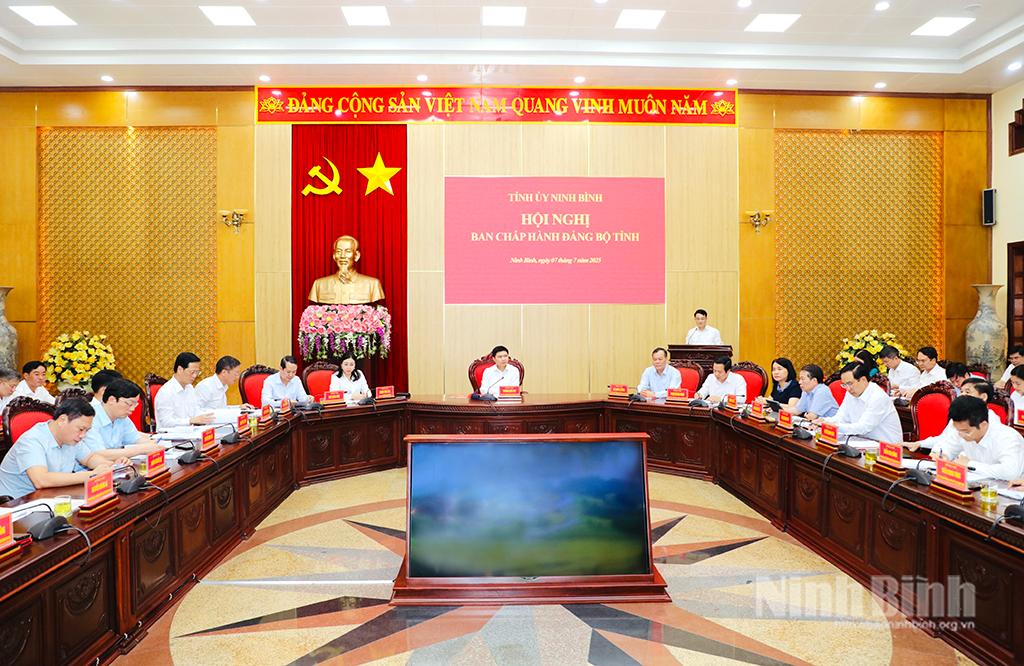Treasure of Cham people

Due to changes of the time, many valuable ancient bibliographies have been damaged and lost; therefore, numerous cultural lovers sought to preserve their beauty and values.
Masterstrokes in conservation
Cham people mainly live in the central region of the country. Since the ancient times, all customs and beauty of culture and beliefs, as well as the daily life and production activities, were carefully reported through documents by dignitaries. However, materials such as 'buong' leaves and 'do' paper were not well maintained and have gradually rotted. Facing these risks, Ninh Thuan province, home to most Cham people, has formed the Research Centre for Cham Culture, aiming to collect, preserve and promote the values of the minority during the process of interference with other minorities in Vietnam.
Director of the Research Centre for Cham Culture Nguyen Thi Thu shared that Cham culture is quite interesting. They are cultural norms and good conventions in daily life. "There are more than 200 customs and festivals of Cham people reported through hand-written bibliographies. Working for the centre, despite numerous difficulties and a lack of human resources, we forgot ourselves in instructing Cham villagers to preserve and collect them."
Cham people manually preserved the bibliographies through hanging them or exposing them to the sun, reducing their durability; therefore, it is very necessary to conserve and translate the contents of the bibliographies into Vietnamese script, added the Director.
Since its establishment, officers of the centre have carried out numerous surveys and researches on Cham culture and other minorities related to Cham people. A book featuring the seven most outstanding projects were published and hundreds of articles and researches were introduced on scientific magazines and at seminars. In addition, the centre also collected and restored hundreds of ancient bibliographies.
The centre has also co-ordinated with the National Archives Centre II in Ho Chi Minh City under the State Records Management and Archives Department of Vietnam to restore, repair and digitise 52 ancient bibliographies with 12,334 pages and several other documents including 500 photos and 92 rolls of documentary films.
Racing against time
With many years of experience in researching Cham culture, Thu claimed that the treasures of ancient bibliographies are extremly valuable, significantly contributing to highlighting the daily life and cultural beauty of ancient the Cham ethnic minority. Now these treasures are at risk of being eroded because there are very few Cham people who can read and translate the bibliographies into Vietnamese script. Quang Van Dai, over 80, who lives in Chat Thuong village, Phuoc Hau district, Ninh Thuan province, is one of such people.
Over the past 50 years, Dai tirelessly traveled around the central region to note, research and collect bibliographies and then translated them into Vietnamese script. He shared "Fortunately, my family, particularly my wife and children, support me doing this work. Some nights, I was so engrossed in translation that I sat nodding on the desk. I have been given an old desk and computer, so I can type my translations."
After typing documents that he wrote by hand, he systematised them into the massive manuscripts with thousands of papers and then divided them into separate parts including culture, festivals, rituals and beliefs.
Admiring Dai's job, the over 90 year-old man Dao Hung Tien, who lives in Phu Hai commune, Phan Thiet city, Binh Thuan province, also supported preservation and translation of Cham people's ancient bibliographies. He said with poor eyesight and week health, he could only make little contributions helped Quang Van Dai in translating documents on Cham culture. Many other seniors also handed over documents to Dai before they die.
With Dai and those who are trying their best to researching Cham culture, ancient bibliographies also have souls as well as sacred spiritual and scholarly values.
Unbreakable desire
Doing everything by himself, after half a century of researching and translating bibliographies, Quang Van Dai hoped the publishers would publish the valuable documents with thousands of pages. He said his research results will be presented to the Research Centre for Cham Culture.
The Ethnic Culture Publishing House has committed to publish three Vietnamese books on the beauty and beliefs of Cham people that were compiled and translated from ancient bibliographies by Dai. In order to translate and analyze more valuable documents, under the support of the centre, he sent 45 Cham ancient bibliographies, comprising of 2,424 pages, to the National Archives Centre II for repair, digitisation and restoration. Once completion, the Research Centre for Cham Culture keeps a copy and hands over the restored original to Dai.
Not only Dai, but also numerous managers like Nguyen Thi Thu, are devoted to preserving the unique values in these ancient bibliographies, contributing to enriching and diversifying cultures of Vietnamese minorities. Thu shared the decipher of the symbols of culture as well as beauty in daily life of Cham people through ancient bibliographies aims to maintain the integrity of the original cultural values, towards promoting positive values.
The Research Centre for Cham Culture is continuing to take inventory of ancient bibliographies in Cham villages in order to set out measures to preserve best. Beautiful rituals written in documents will gradually be researched and discussed. Annual scientific activities are hoped to bring practical results for the research of Cham culture as well as make bibliographies more closer to the life of the ethnic people.
Source: NDO


